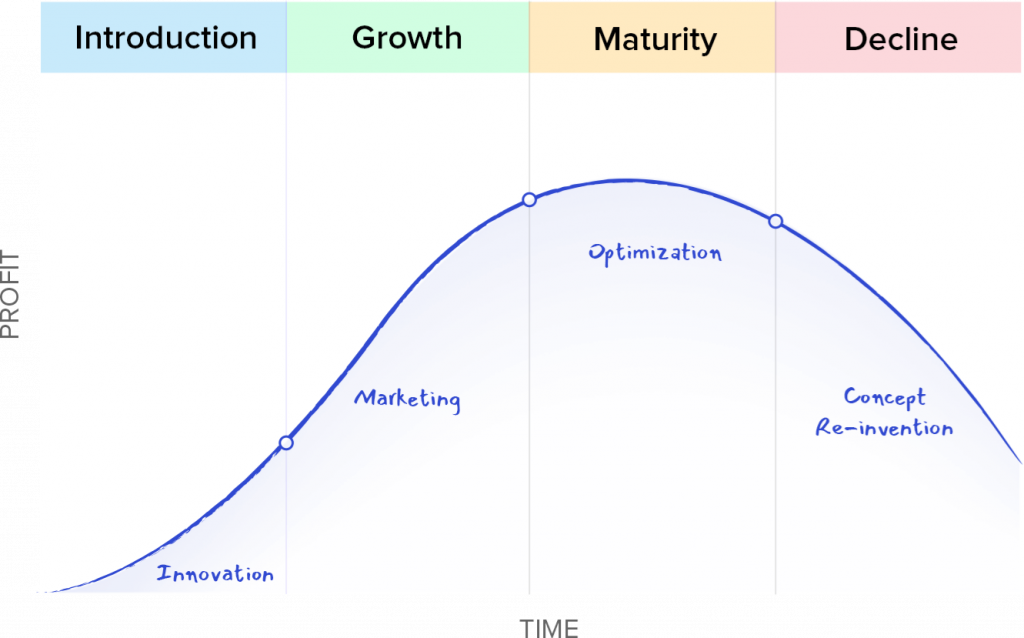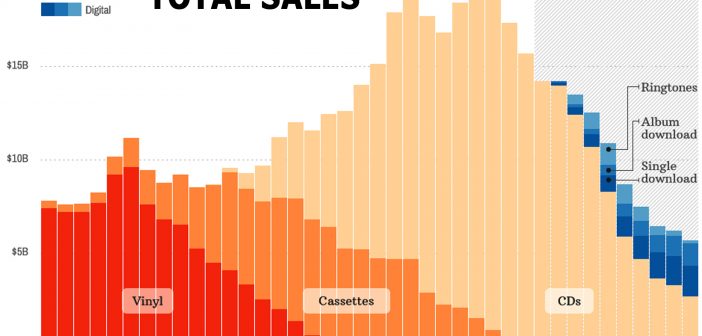Some artistes happen to stay relevant their entire music career, which is about 3 to 4 decades. No matter the gap within their releases, they are still on the charts for a while. Snoop Dogg and Dr Dre have been in the mainstream my entire life. Lil’ Wayne since the 1990s, and Ye has been in the spotlight since the 1990s (as a producer) and 2000s (as a rapper). Pharrell Williams, Timbaland, Daft Punk (before retiring), Drake, J. Cole, etc., have all stayed on top for over a decade.
Why?
Some attribute this longevity in the spotlight to the artiste’s talents, which I agree with. However, we’ve all seen talented acts not go past 3 to 4 years in the mainstream before they are washed out of the spotlight. Even 50 Cent washed out as a rapper in mainstream music. These were folks signed to labels and had huge budgets behind them, yet, they couldn’t go beyond 1 or 2 album cycles in the mainstream.
I have a theory, though…
Those who have remained played a game in business by treating their music as a product. The songs released are the products the label tries to sell to the public. The more positive reviews each new listener gives this product, the more marketing weight the label throws behind the artiste. The emcees and producers above treated their music as a product, studied the market, and stayed relevant.

Product Management and Product Lifecycle
Product management essentially ensures that a product’s overarching vision is achieved throughout its lifecycle. The product’s vision is kept alive by metrics from the customer market, data management, software, positioning, marketing, etc.
A Product Lifecycle is the shelf life of a product. With good product management, a product will achieve a good or long lifecycle before its decline. On the other hand, the product declines in 3-4 years.
The phases of a product’s lifecycle
Introduction: You’ve created a product that solves a problem. At this point, you’re looking for its market fit and creating awareness and acquiring pioneering customers (who are your first referrers).
Growth: Your sales and customer acquisition are rising like Ijebu garri. The performance of the current month/week is better than the previous one. The Series A to whatever takes place here.
Maturity: Your growth peaks. You’ve saturated the market and maxed out your demography. New customer acquisition slows down, and the focus is now on retaining old ones.
Decline: You start losing customers to a more affordable/faster/logical competitor, or a new device or tech phases out the problem your product solved. Kind of like how the Portable CD player phased out Walkman, and the iPod phased out Portable CD Players.
Music as a Product Lifecycle
Treating your music as a product lifecycle is a repeated process that can happen from as little as a single to a project or your entire career run. All you have to do is listen to the metrics around the product to know how to go about it.
Introduction: Fresh in the scene with a new style. You’ve tested it with freestyles or covers, and the public approves of it; new followers, positive comments, and some of them going viral. Then you release a single (or five singles later), which begins to gain traction locally; probably an anthem for a new sound (shake shaku, zanku, sungba, etc.).
Growth: At this point, your sound is going viral. Your follower-ship count is exploding, and your streaming numbers are now doing 10x your monthly average in a week. Videos with your song as the background music popping up ear (here) and hair (there), radio flooding the airways with your sound, and other artistes are creating something similar either with you on it or not. You are the new It Guy in the industry. Anything you touch turns to gold.
Maturity: You’ve released your album, nominated (and probably won) for the Rookie of the Year Award. Done the radio tour, Press run, headlined a couple of shows, and opened for more established acts. A portion of your fans begins to complain about your sound’s monotonic nature or lack of flexibility. The anticipation that follows your “New Music Soon” begins to die off, and your streaming numbers slowly drop per release.
Decline: Social conversations about you and your move somewhat disappears. Those who joined in on your wave, either due to peer pressure or bandwagon, have moved on. Your song comes on while in the shower with soapy eyes, and they still come out to hit ‘Next’. The streaming numbers begin to drop like the Naira, regardless of the number of new releases. It is at this point every artist reinvents themselves in other to restart the entire lifecycle while being in the mainstream.
The Re-invention
Naturally, you can try out a new sound fusion; Adekunle Gold became AG Baby; Olamide went from rap to lamba to fusion etc.
Another form of reinvention is to capture the demography that secures the mainstream; Ages 13 to 24. How? Look for new acts in the introduction or the (early part of) growth stage and collaborate with them.
Their audience at this point ate their age group and younger. You have the resources to give them the clout you require to remain in the mainstream spotlight. It’s pointless competing with them or making yourself inaccessible to them.
Two kobo
Your age group now have real-life issues to deal with – family, jobs, school fees, japa (with partner and progeny), etc. They don’t have the time and energy to keep up with you anymore, unlike when you were 1 to 3 albums in. They come across your new music either via radio or tv. You will also hit their radar when their younger colleagues/relatives keep playing the new It Guys’ you collaborate with.
But you won’t do that. You’re an OG. You want to be sought-after. You popped ten years ago. You have no idea or can’t relate to the pains and challenges of the current 13 to 24 years olds. You can’t connect with them; the best way to do that is to collaborate with those who can. They are the new active listeners and fanbases that generate the clout you seek.
The business of music is beyond “I’m more talented, so I don’t need you.” You finna starve, fam! Pay attention to the metrics and make the necessary tweaks.
Stop leaving money on the table.




